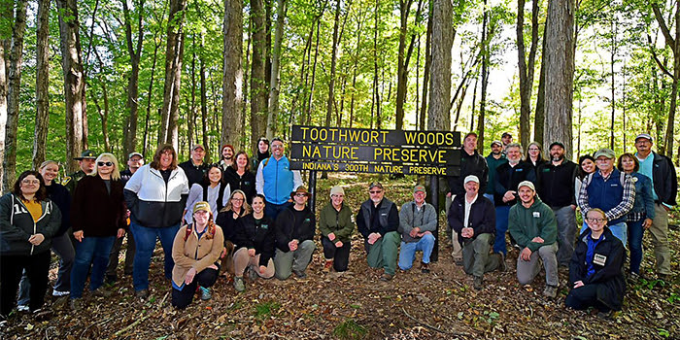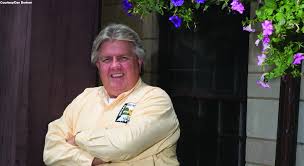
JENNINGS CO. – Toothwort Woods in Jennings County is Indiana’s 300th nature preserve.

“The journey from the first dedicated nature preserve in 1969 to the 300th nature preserve in 2023 traces a history of hard work and a commitment to protect important natural areas and unique species all across Indiana,” said Dan Bortner, DNR director. “Recognizing Indiana’s natural communities and protecting lands on such a wide scale is not possible without our many partners across the state who share a commitment to conserving these special places.”

The conservation of this scenic and biologically rich area marks a major milestone in protecting Indiana’s natural character. Indiana’s state-dedicated nature preserves –which now number 300 statewide–provide the highest level of protection for Indiana’s most significant natural areas.

“Nature preserves protect those areas in Indiana that have unusual natural significance and preserve these unique habitats for plant and animal species,” said Ron Hellmich, director of the DNR Division of Nature Preserves. “These areas serve as a reminder of how connected the health of the human community is to the health of these natural communities.”
Toothwort Woods Nature Preserve, which is managed as part of Crosley Fish & Wildlife Area, is the only place in the state where all four of Indiana’s native toothwort plant species are found growing together. The preserve also protects multiple diverse habitat types that support other rare plants and animals.
The Vernon Fork of the Muscatatuck River flows on the west side of the property, where seeps and small pools harbor unique wetland plants as well as woodland and prairie plants like sunflowers, Culver’s root, and big bluestem grow near the river’s edge. The highest points of the preserve make way for ravines of cobble and cliffs that showcase the exposed limestone bedrock in the area. Upland forests of oak-hickory, sugar maple, American beech, and tulip popular create a mature tree canopy, under which grows an impressive assortment of flowering plants.

“Being able to place these beautiful and ecologically rich acres of Crosley Fish & Wildlife Area into the protected designation of a nature preserve helps us support the continued existence of the unique attributes of the area and the plants and animals that live here,” said Amanda Wuestefeld, director of the DNR Division of Fish & Wildlife.
As part of the celebration, John Bacone, the DNR Division of Nature Preserves director from 1979 to 2019, was honored with the Sagamore of the Wabash, one of the state’s highest honors conferred by the governor for distinguished service to the state. Bacone’s commitment to protecting Indiana’s most special natural places was critical to meeting this major milestone.
DNR has partnered with an ecological restoration contractor to begin restoration and stewardship of the preserve by removing invasive plant species from the property.
To learn more about Indiana’s 300 nature preserves and the natural areas they protect, visit on.IN.gov/naturepreserves.



